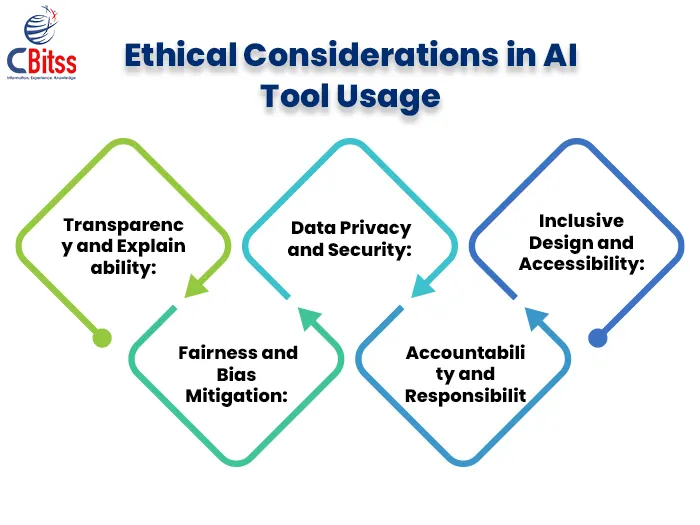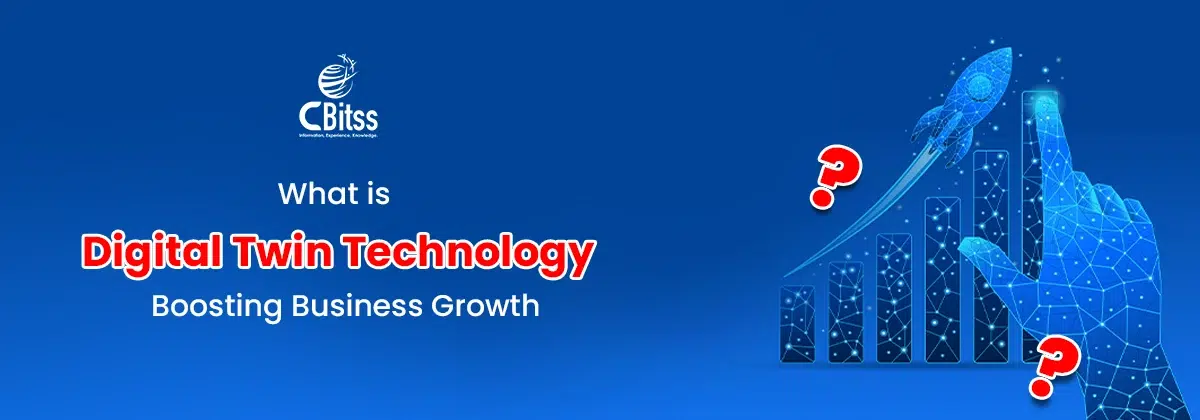Table of Contents
ToggleIntroduction
Artificial Intelligence (AI) is no longer a concept out of reach, but a reality transforming business in various ways within the fast-changing world of technology. It has become very important for companies to remain competitive by using AI tools for businesses as a means of making operations more efficient and improving customer service. This blog post explores how trending AI tools in 2025 are being used today, looking at what these tools mean in different industries and addressing some ethical concerns. We will discuss these trending AI tools that have become a part of our daily lives. For a detailed breakdown of evolving AI technologies, explore this AI tools overview.
Importance of AI in Various Industries
Before we look at these trending AI tools, let’s look at the importance of artificial intelligence. AI is a game-changer that has revolutionized practices in different fields and fueled creativity.
- In healthcare, AI-powered diagnostics help increase precision and efficiency, while in finance, predictive analytics optimize investment strategies.
- Likewise, manufacturing processes have been enhanced through the usage of artificial intelligence systems.
- Retail businesses get personalized suggestions, and agriculture experiences more intelligent choices because of Artificial Intelligence (AI).
The versatility of AI underscores its pivotal role in fostering growth and progress across sectors. Professionals exploring tech domains can also consider CCNA career opportunities to advance their networking knowledge.

Natural Language Processing (NLP) Tools
The use of Natural Language Processing (NLP) tools makes it possible for computers to understand, interpret, and generate human language. It drastically changes communication, as well as information searching. NLP can be applied in sentiment analysis for market research or language translation services. It promotes smooth human-machine conversation by creating a platform for smart virtual assistants and personalized content suggestions. Neural Network Courses provide essential training for those wanting to master technology so they can learn how to train and optimize NLP models.
Computer Vision Tools
Tools within computer vision are making it possible for machines to understand and gauge visual data. It has, in turn, opened many doors in industry for application development. Such development ranges from autonomous cars that can navigate through difficult terrains without colliding with each other. Even production lines monitor quality control using computers to detect irregularities.
Stay ahead of the curve by learning AI-powered design techniques for the web.
Chatbot Platforms
Programs like chatbots use artificial intelligence (AI) to communicate with clients automatically and address personal needs at all times.
- They perform functions from responding to inquiries, taking bookings, handling orders, or even fixing dates through online conversation tools.
- Chatbots improve interaction between clients and businesses while also cutting down costs.
- Advanced technologies use natural language understanding technology, enabling them to carry out conversations that are almost human-sounding.
- It also makes it very difficult for end users to distinguish between computer-generated answers and those given by real individuals, as these responses sound much like how a person would respond.
- Examples of popular chatbot platforms include Drift, Intercom, and ChatGPT, which are widely used across industries.
Robotic Process Automation (RPA) Tools
There are numerous industries, such as finance and healthcare, that utilize Robotic Process Automation (RPA) tools to perform repetitive tasks, freeing up people for other important things. RPA helps organizations move faster by integrating digital systems together with human-like actions. It absorbs mistakes, which in turn helps them avoid making costly errors in order to enhance this entire process. You can complement RPA knowledge by exploring SEO job opportunities in the digital marketing field.
Stay ahead of the curve by learning AI-powered
Voice Assistants and Speech Recognition Tools
Voice-driven Robots and Voice IDs help interpret spoken language, thereby ensuring hands-free communication between software or machines. They provide such technological solutions as home automation systems controlled by sound. Virtual personal assistants (VPAs) operating in the health care sector serve as an innovation that promotes accessibility due to their user-friendliness.
AI-driven Marketing Tools
Data analytics and machine learning in AI-driven marketing tools help in optimizing marketing campaigns and enhancing customer engagement with a specific audience.
It enables marketers to deliver content based on what is trending now and what all users are most likely to be looking for in the future.
AI makes it possible for marketers to deliver content that matters most in real time and how it influences consumers’ perception of their products.
They are enabling marketers to use different forms of communication, ranging from social media to email advertising platforms, for personalization purposes.
Also, pushing programmatic ads whose content would appear relevant to every individual’s action or location within those channels.
For example, tools like HubSpot and Salesforce Einstein are leveraging AI to personalize marketing automation. Students learning Android app development can integrate AI to build intelligent mobile solutions.
Ethical Considerations in AI Tool Usage
1. Transparency and Explainability:
AI tools need to be transparent in their operations. This transparency builds trust and accountability among users, who can understand how and why the tool arrives at certain outcomes. Explainability takes this further by offering clear explanations of the reasoning behind the tool’s actions, ensuring users can comprehend and trust its outputs.
2. Fairness and Bias Mitigation:
AI tools should aim for fairness and unbiased decision-making, mitigating any inherent biases present in the data used for training. By actively identifying and addressing biases, such as racial or gender biases, AI tools ensure equitable treatment across diverse user groups. Techniques like bias audits and fairness-aware learning help mitigate bias, promoting fairness and inclusivity in AI tool usage.
3. Data Privacy and Security:
Protecting user data is crucial in AI tool usage. Upholding data privacy principles fosters user trust and compliance with regulatory requirements, promoting responsible AI deployment.
4. Accountability and Responsibility:
Clear accountability is essential in AI tool usage, ensuring that stakeholders are held responsible for the tool’s outcomes. Regular audits and performance evaluations help maintain accountability, while protocols for addressing errors or adverse impacts promote responsible use of AI tools. By defining roles and responsibilities, stakeholders can mitigate risks and uphold ethical standards in AI deployment.
5. Inclusive Design and Accessibility:
AI tools should be designed with inclusivity and accessibility in mind, catering to the diverse needs of all users. Incorporating features like voice commands and screen readers enhances accessibility, ensuring that users with disabilities can interact with the tool effectively. Prioritizing inclusive design principles promotes digital inclusion, allowing all users to benefit from AI technologies regardless of their background or abilities. Beginners in design can start with this Introductory design course to build creative projects ethically.
AI Tools Helpful for Students
Artificial Intelligence serves dual purposes by revolutionizing business operations and advancing educational practices for student learning. Today, students have access to multiple AI-powered applications that can help them study more efficiently and improve their writing skills while also assisting in better time management and learning enhancement. Educational tools utilizing Natural Language Processing technology alongside machine learning techniques and data analysis produce advanced learning systems. Acquiring Graphic design skills enhances student projects with visual creativity and AI-powered tools.
This overview showcases popular AI tools that provide several benefits to students.
Purpose | AI Tool | How It Helps Students |
Research Assistance | ChatGPT, Perplexity AI | Helps in generating ideas, summaries, explanations, and conducting quick research. |
Writing Improvement | Grammarly, Quillbot | Assists in grammar checking, paraphrasing, essay writing, and improving clarity. |
Study Organization | Notion AI, Evernote AI | Helps in organizing notes, creating study schedules, setting reminders, and managing tasks. |
Language Learning | Duolingo AI, ELSA Speak | Provides personalized language practice, pronunciation correction, and vocabulary building. |
Exam Preparation | Socratic by Google, Quizlet AI | Offers step-by-step problem solving, flashcards, and personalized quizzes for exam prep. |
Time Management | Clockwise AI, Motion AI | Optimizes study time and automatically schedules study sessions based on workload. |
Conclusion
The emergence of these trending AI tools signals an immense change occurring in the way businesses function, communicate, and invent under the conditions typical of digitization. AI is changing many aspects of the world we live in, such as an increase in efficiency and productivity, and the realization of personally oriented experiences. Nevertheless, the more powerful somebody is, the less accountability there is. You can explore the Best networking institutes to build a career that merges AI and network security.
Interested in learning AI professionally? Explore our Artificial Intelligence Course in Chandigarh and start your journey today!

J. Julia Kamei is a professional content writer with 4+ years’ experience creating impactful content for clients in the USA, India, Canada, the UK, and Europe. An M.A. History graduate, she specializes in immigration, business, IT, digital marketing, AI, and Data Science. She also mentors students for international education and research.







